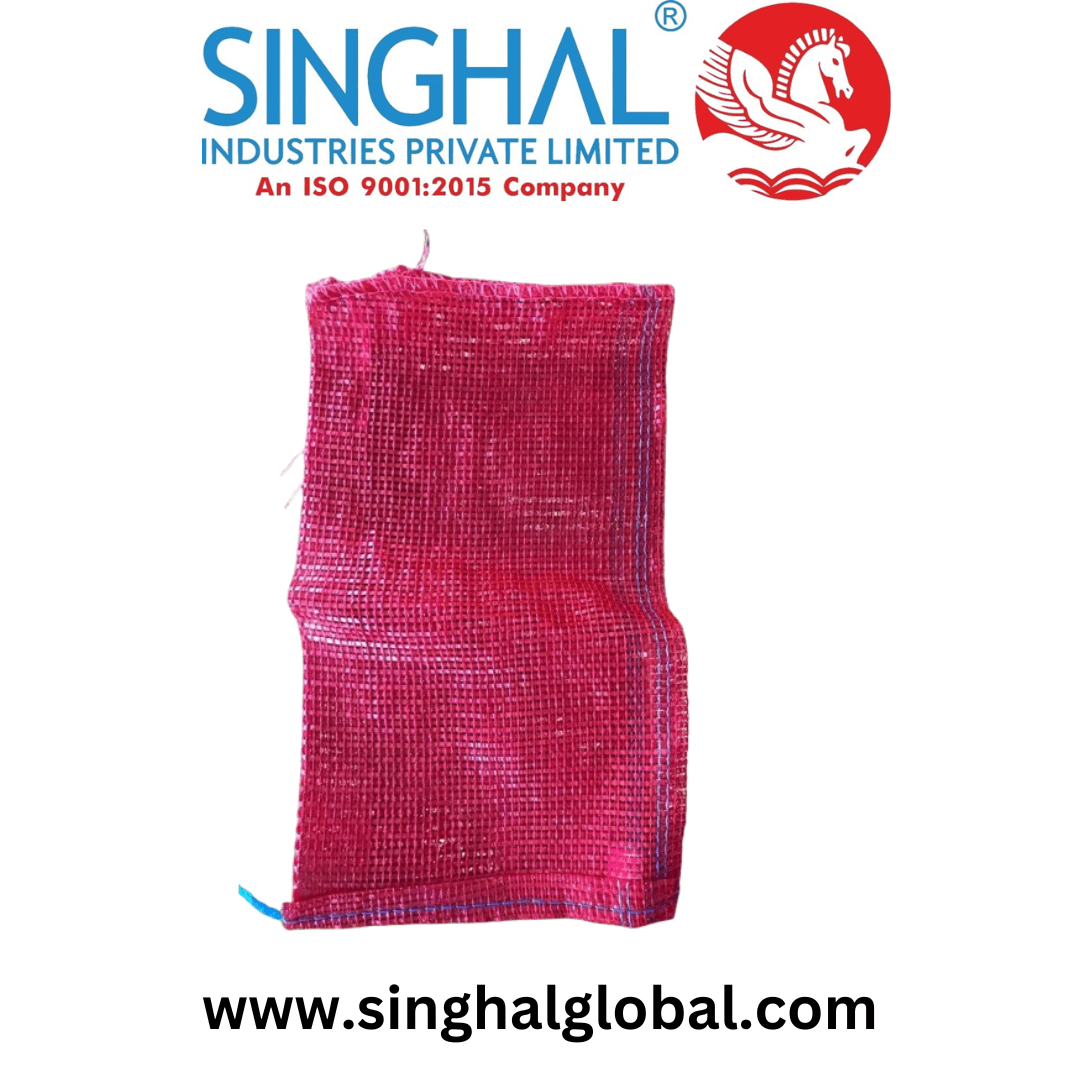Arthroscopy is a less invasive and keyhole joint surgery. It is performed to diagnose and treat joint conditions. Mostly, this procedure is opted for athletes as they are at high risk of sustaining joint injuries like ACL tears, joint dislocation etc.
It involves the use of an arthroscope, which is a pencil-thin surgical instrument with an in-built camera and light source. The arthroscope is inserted into the affected joint only through small holes to access and view internal conditions.
If the condition is treatable, the surgeon uses other tools like the arthroscope to provide treatment for lasting relief.
Arthroscopy As A Diagnostic Tool
There are certain imaging tests like X-rays, MRIs and CT Scans that orthopedic doctors use to diagnose various joint conditions. An X-ray test is used to see bone fractures, joint gap issues, severity of joint dislocation, etc.
However, there are limitations to X-rays as they cannot image soft-tissue conditions. Thus, for diagnosing soft-tissue-related joint problems, doctors use either an MRI or CT scan.
MRI, or Magnetic Resonance Imaging, cannot be used for patients who already have metal implants inside the body. Magnetic energy can interfere with metal components, causing health complications. Thus, in that case, CT scanning is preferred.
If there are still some diagnostic questions left, the doctor will resort to arthroscopy to ensure the accuracy of the diagnosis. For that purpose, only an arthroscopic camera is used to look inside the joint.
Are you looking for the best and most renowned arthroscopic surgeon near you, refer to the following link: arthroscopic surgeon in Delhi NCR.
Arthroscopy As A Treatment Option
Besides being the best tool for accurate diagnosis, arthroscopy is also effective in treating various joint conditions, which are as follows.
- ACL Damage (ACL Repair & Reconstruction)
- Chronic Joint Lining Inflammation (Synovectomy)
- Meniscus Injuries (Meniscal Repair & Partial Meniscectomy)
- Tendon Injuries
- Cartilage Defects
- Shoulder Impingement
- Recurrent Shoulder Dislocation
- Carpel Tunnel Syndrome
- Other conditions
ACL, Anterior Cruciate Ligament, is a major knee ligament, which helps keep the knee in place, along with other ligaments. A ligament binds one bone end to another in a joint. It is a band of soft tissue.
ACL can tear due to trauma or sudden twisting movements like cutting and pivoting. Thus, complete damage to the ACL leads to knee instability. To treat the condition, the surgeon recreates a new ACL using other tissue from the patient’s body and then fixes it in the right place arthroscopically (with no cuts and blood loss).
To learn about the cost of ACL reconstruction surgery in Delhi, you can go to the following link: ACL surgery cost in Delhi NCR.
If the ACL is just torn a bit, it can be easily treated with sutures, known as arthroscopic ACL repair surgery.
Furthermore, an autoimmune disorder like Rheumatoid Arthritis inflames the joint lining. Chronic inflammation in this part causes irreversible damage over time. Joint wear and tear happen faster than normal. So, to prevent this damage, the surgeon removes the inflamed joint lining arthroscopically. The procedure is known as a synovectomy.
Similarly, other joint injuries are also treated with arthroscopy by sutures (stitches), reconstruction, or replacement procedures.
Benefits Of Arthroscopy
Arthroscopy plays a crucial role in orthopedics. It is a one-day procedure. Consider its several benefits.
- Accurate Diagnosis
- No Cuts Involved
- No Blood Loss And Scarring
- Less Damage To Adjacent Soft Tissues
- Lowest Risk Of Complications
- Negligible Infection Risk
- Normal Life From The Next Day
Disadvantages Of Arthroscopy
There are no disadvantages of arthroscopy. It is a safe and successful procedure. All the benefits of arthroscopy mentioned above highlight sufficiently that there are almost no chances of infection and other postoperative complications.
Anaesthesia
There are three types of anaesthesia: general, regional and local.
General Anaesthesia: It involves making the patient totally numb and unconscious before the surgery.
Regional Anaesthesia: Only the bottom half of the patient’s body or some parts are made unconscious through anaesthetic drugs. The entire body doesn’t go into a state of complete loss of sensations or consciousness like under general anaesthesia.
This type of anaesthesia is typically used to treat conditions such as complete tear of ACL, severe shoulder cartilage damage, labrum damage, etc.
Local Anaesthesia: This form of anaesthesia is only administered near the site of operation locally. It only affects the part where the drug is injected.
Arthroscopy only involves either general anaesthesia or regional. Putting the patient under general anaesthesia may not be good for everyone. Thus, in those cases, the surgeon would go for regional anaesthesia.
The call related to anaesthesia always depends on the patient’s condition and the nature of the arthroscopy required.
Recovery
Arthroscopy doesn’t contain a long recovery time. Typically, the person who has undergone arthroscopy can go back to normal day-to-day life the next day. Yet, several factors affect recovery.
After the completion of the arthroscopic procedure, the patient is taken to the recovery room and kept there till the effects of anaesthesia wear off and the patient regains full consciousness afterwards.
If you have gone through knee arthroscopy for ACL reconstruction surgery, you will be recommended physiotherapy. This is for improving knee joint mobility postoperatively so that the patient can go back to their previous life effortlessly.
Physiotherapy strengthens the joint muscles and soft tissues so overall agility improves and helps prevent future injuries.
Together, pain management medications will be prescribed to relieve inflammatory discomfort and improve motion. Furthermore, if needed, antibiotics are also included as part of the rehabilitation programme to keep the possibilities of infections at bay.
Conclusion
Thus, arthroscopy is a minimally invasive keyhole surgery. It is performed to diagnose or treat many major joint conditions. People with conditions like shoulder dislocation, shoulder impingement, knee ligament partial and complete tears, etc., need this medical intervention.
It is just a one-day procedure. Normally, the patient can go back home the next day after 24 hours of surgery. If you have been recommended for arthroscopy for treating a joint condition, don’t ignore the situation.
Ensure you receive the treatment on time and prevent the condition from becoming worse.













